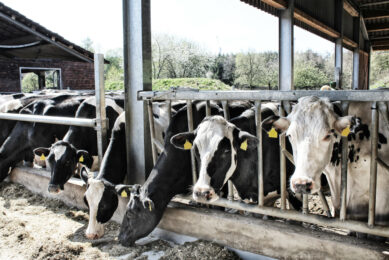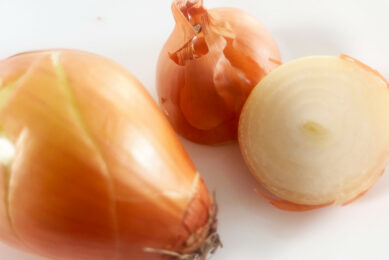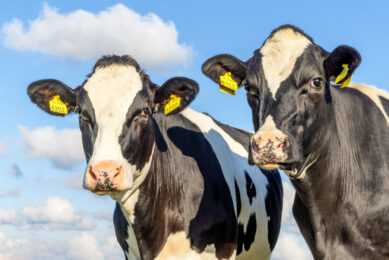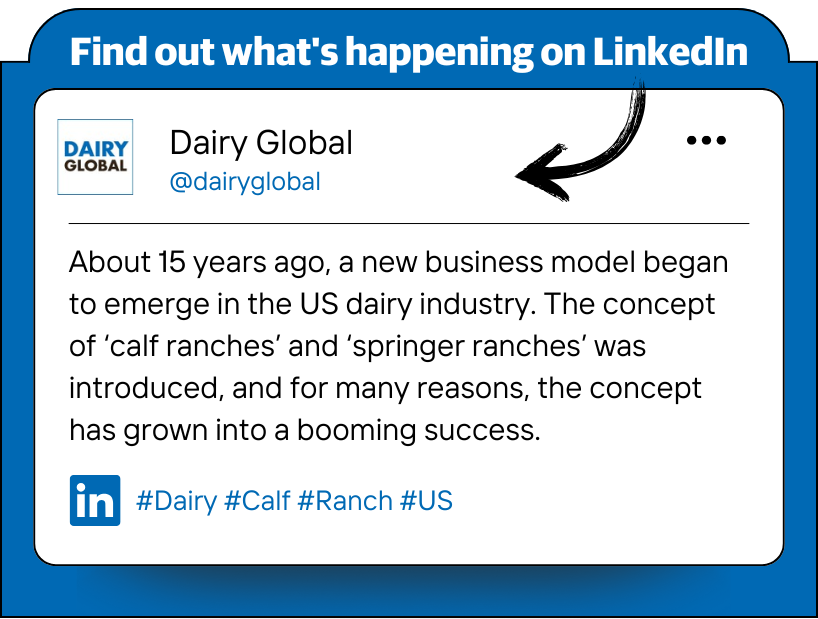Insights into global ruminant trends, challenges and successes
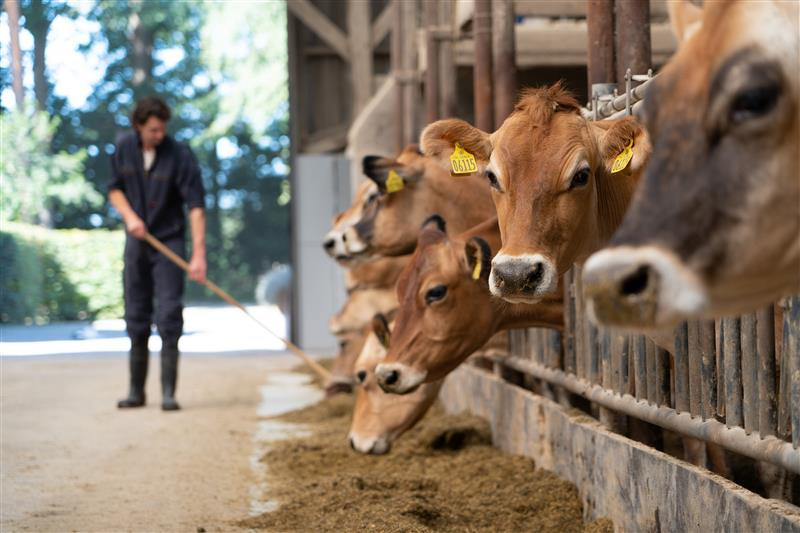
Global ruminant trends – what are we seeing now and where is the sector headed? Dairy Global spoke with Suzanne Petersen, global strategic marketing and technology director for ruminants at Cargill Animal Nutrition and Health. She gives us a global view of the current ruminant sector, its challenges and successes.
What are the global ruminant trends this year?
We always talk about the challenging trends but let’s start with a positive one. Although milk consumption varies widely across the world – such as more cheese in Europe or more dried milk in other markets, globally, per capita dairy consumption is anticipated to grow by around 1% per annum over the next decade mainly due to per capita income growth. That gives me a lot of hope; the number of cows may not change significantly, but we have a role to support increased milk production and therefore, this remains an exciting industry.
We do have some macrotrends that are affecting all our farmers and consequently, the rest of the supply chain. Globally, these are volatile commodity markets, rising production costs, energy costs, and supply and demand impacts. On-farm issues include labour shortages, health and disease management (such as the current avian influenza’s impact on US herds), and even water scarcity, which is causing movement in where we keep our cows. And thirdly, we see increasing consumer and government-driven demands related to sustainability, regulations, as well as alternative proteins. These are shaping the industry now and into the future.
We are also seeing trends that are driving increased efficiency and resiliency across the whole supply chain such as horizontal consolidation – increasingly bigger farms especially in more developed markets. Consolidation or M&A is also seen in global businesses that supply farms. Furthermore, the lack of labour is pushing greater use of technology and the adoption of innovations like robotic milking systems and data management platforms including artificial intelligence, for better decision-making and herd management. Precision nutrition continues to be key, aligned with the pressure of addressing sustainability goals; all of these points are impactful in our industry.
Where are we with precision nutrition?
I am excited about how accurate we can be with nutrition, to match nutrient availability with animal requirements to support the goals of the farm. In Cargill, we use models based on dynamic nutrition, incorporating the rate and extent of digestion of nutrients, which helps to formulate diets even more accurately. With precision nutrition and the use of novel feed additives, better nutrition can also reduce wasted nutrients in the sector, an important element in sustainability goals that includes effectively managing methane, for example. When it comes to sustainability, whether it’s by nutrition, herd management, additives or new ingredients like insect oil, key here are partnerships, importance of supply chain connection and a sustainable business model that allows these systems to flourish.
Another key trend in precision nutrition is building better connections between nutrition, herd data and farm management to drive more accurate decision-making and tailoring of diets.
What is the focus this year in terms of industry challenges?
In terms of global challenges, there are quite a few that affect the dairy industry, which we either have to overcome or evolve because of them. There are 3 I would like to highlight:
- Sustainability – We are becoming more adept in driving sustainability practices. While ruminants are tremendous upcyclers, they have a role in methane production which can drive climate change. We, as an industry, are working hard to address this. These are exciting times in sustainability, but we have to make sure there is a business model that works for farmers.
- Labour shortage – To overcome this increasing challenge, the industry must continue to evolve, embracing on-farm tools and technology to support data management and decision-making, including how artificial intelligence can help.
- Food security – This, as we know, is a pressing issue as our global population continues to rise. How the dairy industry manages efficiency, health and welfare, economic volatility, feed ingredient availability and prices, varying regional regulations, changing consumer demands, matters and will reflect in how we evolve our business and our industry. Farmers and the whole supply chain have a heavy responsibility, but the industry’s resilience and our ability to adapt is encouraging.
Feed additives – what are the differences from region to region in terms of their importance?
Feed additives are important in supporting animals’ innate immune system, digestive health, productivity and to mitigate methane. The importance and adoption of feed additives does vary across markets. There are differences based on farming practices impacting ROI, regulatory requirements, market priorities (economic supply/demand), and additive availability.
Currently, in Europe, there’s greater usage of additives that reduce environmental impacts such as methane mitigators. In many other regions, additives that optimise feed efficiency, aid rumen health or animal production are more popular, mostly because of economic or regulatory conditions. Within Cargill, we have a global team of experts specialized in the interplay between nutrition and the animal microbiome and by leveraging this know-how we are able to provide the most effective solutions based on market need.
What is a successful livestock industry?
Agriculture, and especially the livestock industry, plays an important role in human development and population growth, and quite frankly, its resilience and evolution especially during the last 100 years when the world’s population has quadrupled is commendable. Addressing the global challenges our world is facing now will only be possible when we as an industry are working together and continue, as Cargill’s mission states, to nourish the world in a safe, responsible and sustainable way. And let’s face it, a successful livestock industry is one where farmers succeed – if they don’t, none of us will.
Join 13,000+ subscribers
Subscribe to our newsletter to stay updated about all the need-to-know content in the dairy sector, two times a week.



